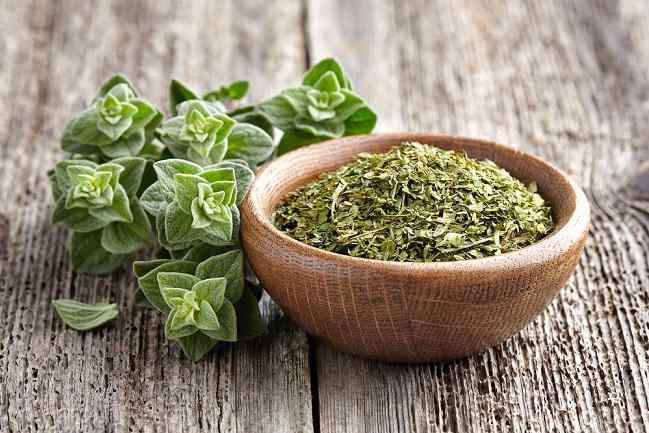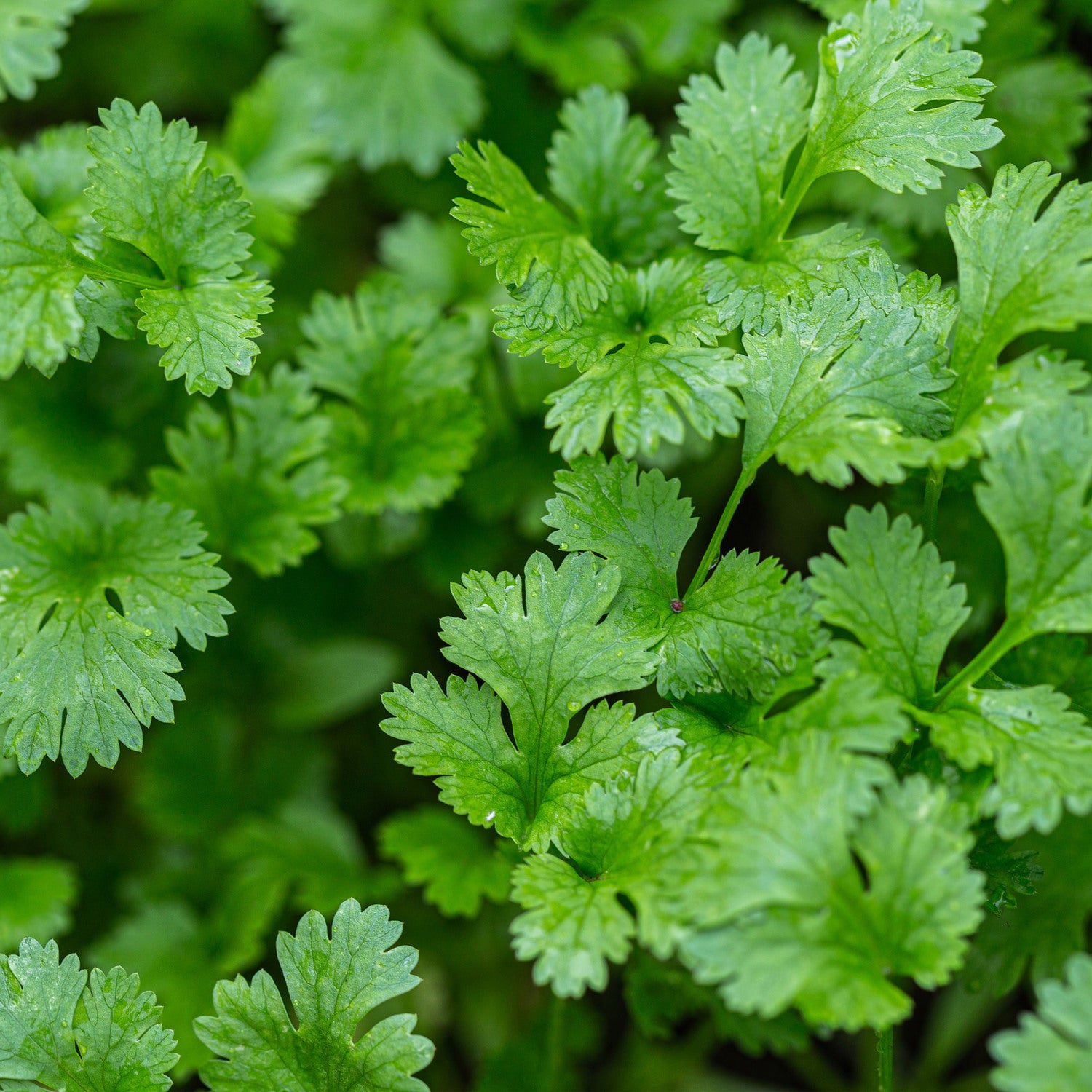Tulsi Companion Plants: The Best Plants To Grow With Holy Basil
Tulsi, also known as holy basil, is an herb that has been used for centuries in Ayurvedic medicine. It is believed to have a number of health benefits, including reducing stress, boosting the immune system, and fighting off infections. Tulsi is also a beautiful plant, with its distinctive purple or green leaves and fragrant flowers.
If you are growing tulsi in your garden, you may be wondering what companion plants to grow with it. Companion planting is the practice of planting certain types of plants together in order to improve their growth and health. There are a number of plants that make good companion plants for tulsi, including:
- Scented geraniums: Scented geraniums can help to repel pests, such as mosquitoes and flies. They also have a strong fragrance that can help to mask the smell of tulsi, which some people find unpleasant.

- Oregano: Oregano is a natural insect repellent and can help to protect tulsi from pests. It also has a strong fragrance that can help to improve the flavor of tulsi tea.

- Lemon balm: Lemon balm is another insect repellent that can help to protect tulsi. It also has a lemony fragrance that can help to improve the flavor of tulsi tea.

- Rosemary: Rosemary is a fragrant herb that can help to improve the flavor of tulsi tea. It also has some insecticidal properties that can help to protect tulsi from pests.
- Cilantro: Cilantro is a fast-growing herb that can help to shade tulsi from the sun. It also has some insecticidal properties that can help to protect tulsi from pests.

- Dill: Dill is another fast-growing herb that can help to shade tulsi from the sun. It also attracts beneficial insects, such as ladybugs, which can help to control pests.

- Sage: Sage is a drought-tolerant herb that can help to improve the drainage of the soil around tulsi. It also has some insecticidal properties that can help to protect tulsi from pests.

- Thyme: Thyme is a drought-tolerant herb that can help to improve the drainage of the soil around tulsi. It also attracts beneficial insects, such as ladybugs, which can help to control pests.

In addition to these plants, you can also grow tulsi near other herbs that have similar growing requirements, such as mint, basil, and parsley. These herbs will help to create a healthy and productive herb garden.
FAQ of tulsi companion plants
- What are the best companion plants for Tulsi?
Some of the best companion plants for Tulsi include scented geraniums, oregano, lemon balm, and rosemary. These plants help to repel pests and diseases that can damage Tulsi plants. They also help to improve the soil quality and drainage around Tulsi plants, which can help to promote healthy growth.
- Can Tulsi be planted near tomatoes?
Yes, Tulsi can be planted near tomatoes. In fact, Tulsi can help to protect tomato plants from tomato hornworms. Tomato hornworms are large, green caterpillars that can defoliate tomato plants. Tulsi plants emit a scent that repels tomato hornworms, so planting Tulsi near tomatoes can help to keep these pests away.
- Can Tulsi be planted near potatoes?
Yes, Tulsi can be planted near potatoes. In fact, Tulsi can help to protect potato plants from potato beetles. Potato beetles are small, black beetles that can damage potato plants by feeding on the leaves and stems. Tulsi plants emit a scent that repels potato beetles, so planting Tulsi near potatoes can help to keep these pests away.
- What are the benefits of planting Tulsi with other plants?
There are several benefits to planting Tulsi with other plants. First, companion planting can help to deter pests and diseases. Second, companion planting can help to improve the soil quality and drainage. Third, companion planting can help to attract beneficial insects, such as pollinators.
- How far apart should Tulsi plants be planted?
Tulsi plants should be planted about 18 inches apart. This will give them enough space to grow and spread. If you are planting Tulsi in a garden bed, you should also space the rows about 24 inches apart.
Gardenia Inspiration
Post a Comment for "Tulsi Companion Plants: The Best Plants To Grow With Holy Basil"